
Matsuyama Japan: Must-Do Itinerary For a Unique Experience
Welcome to the largest city in Shikoku, Japan’s fourth largest island. Shikoku isn’t on most people’s itineraries when visiting Japan, but it’s an underrated destination. But of the cities in Shikoku, Matsuyama is the most popular and populous. With around half a million in population, Shikoku’s capital city offers splendid sites like the Matsuyama Castle and the Dogo Onsen. This area of Japan rarely gets international tourism, so it’s perfect if you want to see another side of Japan (the countryside). If you’ve found yourself visiting Matsuyama, congrats! It’s a great place to see. Here’s what to do on a day trip to Matsuyama, Japan, with my must-do itinerary.
Matsuyama, Japan Facts
Matsuyama is the capital city of Shikoku, located on its northwest coast. The population in 2023 is about half a million people, which actually declined from the previous year by 0.39%. The name ‘Matsuyama’ means pine tree mountain: ‘Matsu’ means an evergreen pine tree, and ‘yama’ means mountain. It’s the capital of haiku and produced numerous haiku poets. It’s hosted an international haiku contest for the last decade that is growing in popularity.
Aside from its cultural attractions, which I will share later, it’s famous for its oranges. Matsuyama is in Ehime prefecture, which has a temperate climate perfect for growing mandarin oranges—or Mikan! You’ll find orange-flavored everything in Matsuyama and across the prefecture. The most popular activity to do in Shikoku is the Shikoku pilgrimage, a 1,200-year-old and 1,200-kilometer pilgrimage to 88 Buddhist temples around the island. Eight of those temples are in Matsuyama.
What is Matsuyama, Japan, known for?
Matsuyama’s most famous two attractions are the Dogo Onsen and the Matsuyama Castle. Both attractions have immense cultural and historical heritage for Matusyama. However, it’s also known for its hot springs, which have been enjoyed for hundreds of years. Here’s a list of several things Matsuyama Japan is known for:
- Dogo Onsen
- Matsuyama Castle
- Ishiteji Temple
- Buddha Stone Statue
- Botchan Karakuri Clock
- Botchan Train
- Dogo Park
- Ehime Museum of Art
- Saka no Ue no Komo Museum
- Shopping Street Across Dogo Onsen
- Ropeway Shopping Street
- Bansuiso
Here’s some information on the more famous attractions and things to do in Matsuyama.
Dogo Onsen

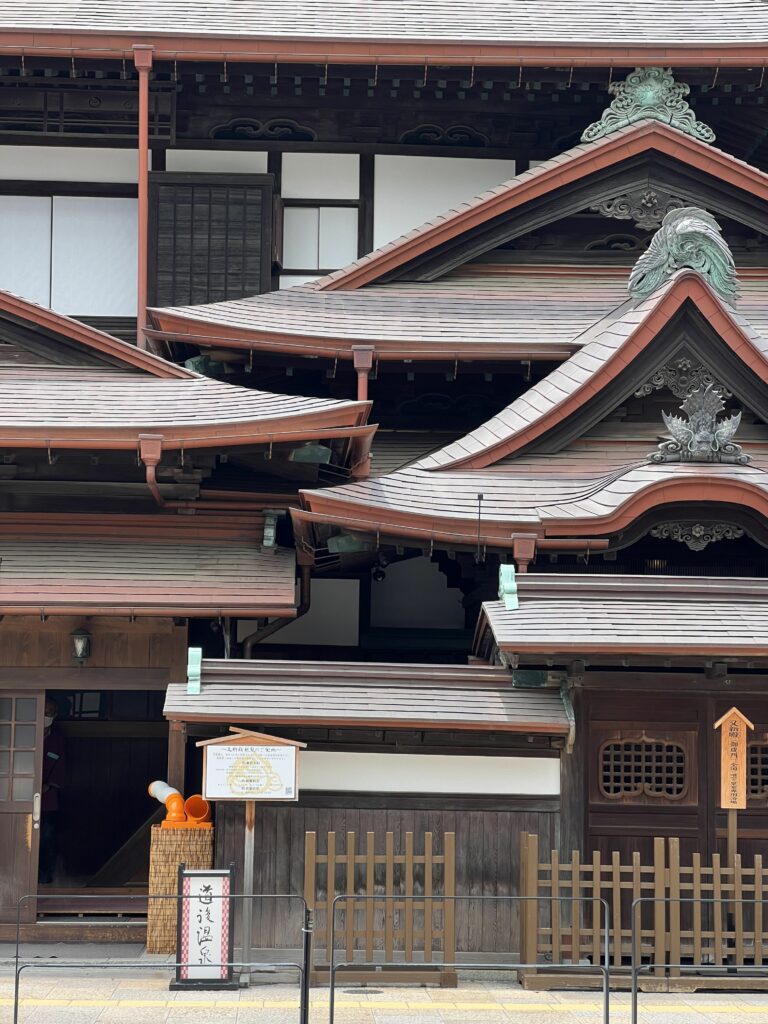
Be spirited away to Japan’s oldest onsen.
Visit the 3000-year-old onsen that is the confirmed inspiration for Aburaya, the onsen in the Studio Ghibli film Spirited Away. Dogo Onsen was built in 1894, honoring Emperor Meiji. Aside from its skyrocketing fame from Spirited Away, Dogo Onsen has been popular before the movie. It’s a part of Japan’s Three Ancient Springs from its references in Japanese mythology. The bathhouse is famous for its architecture as much as it is for its hot springs. The building is wooden and has three levels, with different roof heights that stagger on top of each other.
There are multiple types of bathing styles offered at Dogo Onsen, and food, tea, and a communal resting area as well. The interior is beautifully designed and said to transport you to another world. It’s no wonder animators saw inspiration within the onsen’s walls. You can take a tour of the facility or simply bathe at your leisure. The onsen offers multiple packages at affordable prices. For one of the most famous and oldest onsens in Japan, it’s surprising that they’ve kept it at almost half the cost of other onsens.
Matsuyama Castle


Visit one of Japan’s twelve surviving original castles.
The original castles in Japan are those that survived intact post-feudal era since 1868. Unlike other Japanese castles, Matsuyama is one of the few that has historical buildings in it—like mini museums. Inside the castle, you’ll find weapon exhibits, traditional construction methods, samurai armor and weapon displays, and more. The castle’s main purpose in the feudal era was defense, and you’ll get to see up close all the turrets and architectural defense strategies. There’s a reason why the castle was built on the peak of a mountain!
The castle sits on the top of Mt. Katsuyama, which visitors can get to by walking, cable car, or chairlift. Once you get to the main grounds, you’ll walk through a small park just at the base of the castle. This area is famous during the spring, as it’s lined with blooming cherry blossom trees that beautifully frame the castle. You can also find sweeping views of Matsuyama all around, whether you are at the base of the castle or on the top floor inside. There are multiple levels of the castle, all of which offer different information and displays.
Ishiteji Temple
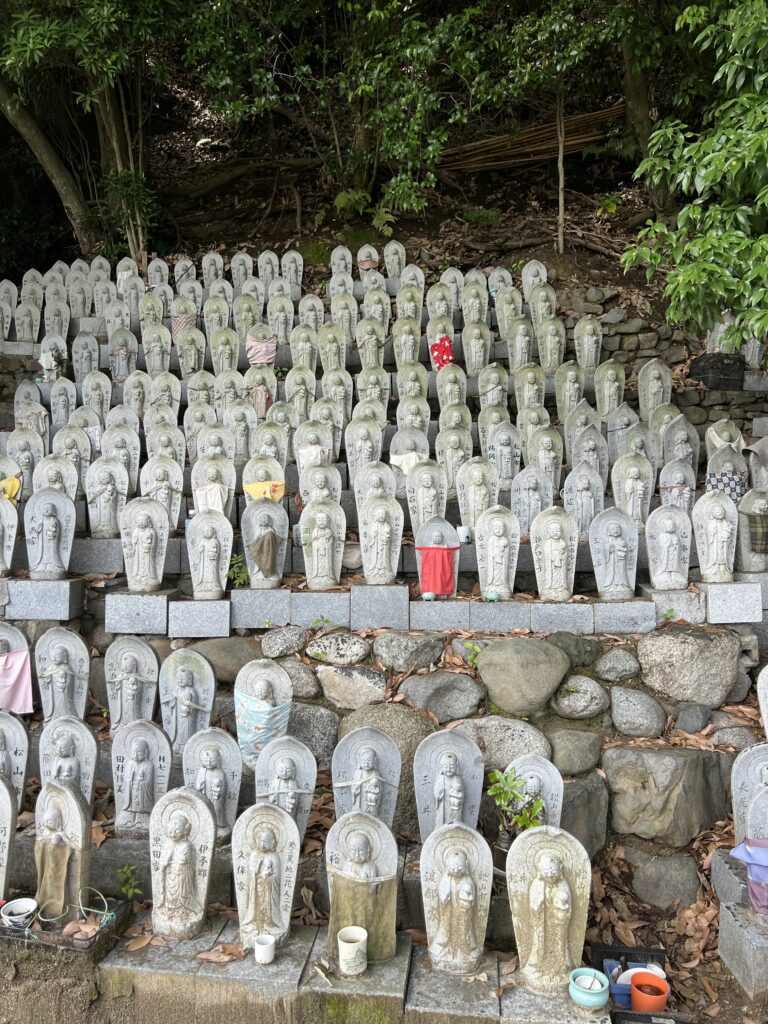
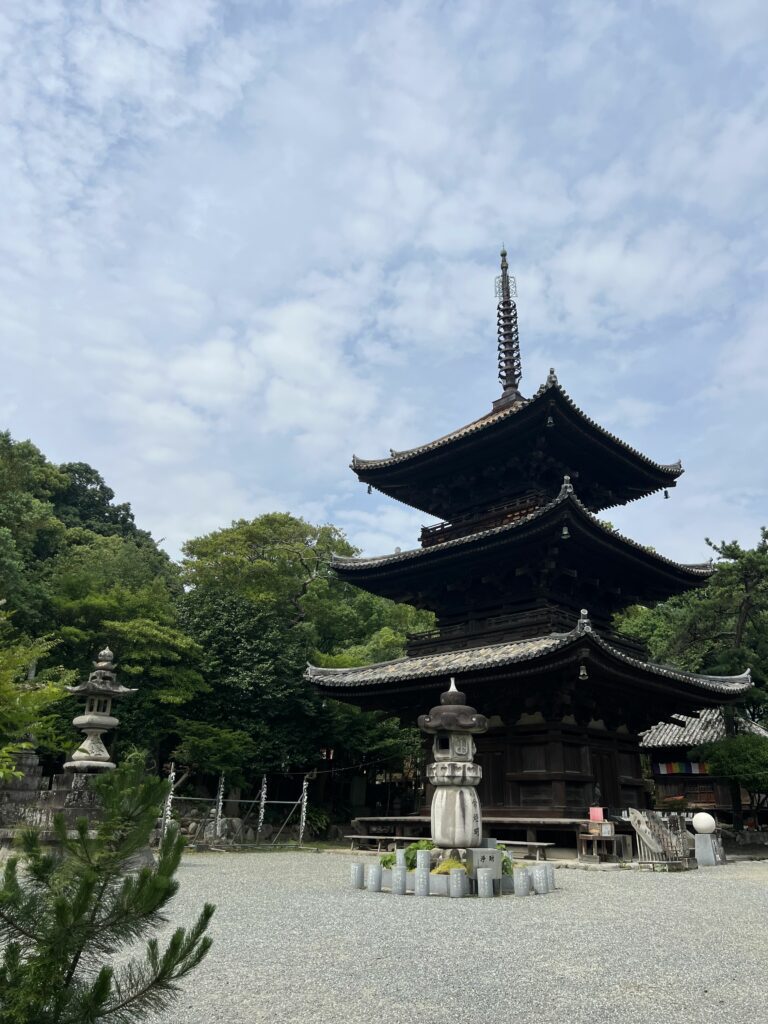
Stone hand temple with secret temples and a giant Buddha statue.
This is number 51 out of 88 temples of the Shikoku Pilgrimage. It is also the most famous temple in the city. The name Ishiteji means ‘stone hand temple,’ named after the legend of an aristocrat reincarnating into a baby with a stone in hand. The entrance to this temple is one of a kind, with a stone bridge over a small stream and a huge wooden gate with large hanging straw sandals. Even more intriguing are the secret tunnels built into a cave that leads to an inner temple. You’ll see numerous mini Buddha statues in the cave and also around the temple.
If you’re adventurous, you can hike up the mountain behind the temple to see a huge statue of the founder of Japanese Shingon Buddhism, or Kobo Daishi. The path leading up the mountain used to be better paved, but because it sees little foot traffic, it’s become slippery. The trail entrance is also incredibly difficult to find, but the views up top are worth it.
Botchan Karakuri Clock

A performing clock…!?!
The Botchan Karakuri Clock was built in 1994 for Dogo Onsen’s 100th birthday. It’s located just outside the Dogo train station in a plaza at the entrance of a shopping street. Every hour, the clock transforms several feet higher, with music, characters, and scenes coming out of the clock. The characters and scenes are from a Japanese novel called ‘Botchan’ by Natsume Soseki. You’ll see a crowd of Japanese kids and visitors surrounding the clock before its hourly or half-hourly performance (weekends). It’s cool to see what attractions the locals get excited about and it gives you a glimpse into what life is like in the countryside. I personally stumbled upon this clock completely by accident, but it was a fun activity to watch.
Botchan Train
The train that “looked as dinky as a matchbox.”
The Botchan Train is a popular attraction within Matsuyama that travels between JR Matsuyama, Shieki, and Dogo Station. The original trains were steam locomotives that produced black smoke and shrill train whistles. This specific steam locomotive also gained popularity through Natsume Soseki’s 1906 novel Botchan. The current train is a replica of the original Iyotetsu steam locomotive that is diesel-powered for environmental purposes. This is a cool preservation of a unique mode of transport that is special to the Matsuyama locals.
It’s not the most comfortable ride ever, with more priority for keeping an authentic steam locomotive experience over transport comfort. But its historical nature makes for a great experience and a peek into what life was like back then. Children especially love this train, along with the Botchan clock. You can see an original train on display next to the Dogo station.
Saka no Ue no Komo Museum
The museum inspired by a Japanese novel about the Russo-Japanese War.
This is the first time I’ve heard of a museum being constructed for a novel! Saka no Ue no Kumo or ‘Clouds over the Slope’ is a historical Japanese novel by Shiba Ryotaro, published in series from 1968 to 1972. The story revolves around three real-life main characters, all from Matsuyama, and their lives during the Sino-Japanese and Russo-Japanese War. It was so popular that it was adapted as a TV Drama Series from 2009 to 2011.
The museum was created before the TV Series in 2007, part of a project by the then mayor of Matsuyama, Tokihiro Nakamura, who is now governor of Ehime prefecture. The museum features letters, paintings, books, photos, etc., from the lives of the three individuals, and also about the history of the wars. Most of the exhibits are in Japanese and not English. However, the museum’s architecture is something to behold: a four-story triangular-shaped building made of glass. I would say this attraction is less popular and known, but if you like architecture, you’ll love this building.
Now that you know a little more about what Matsuyama is known for, how do you get there?
How to Get to Matsuyama
Getting to Shikoku is quite challenging, as it is not on the main island of Japan and requires a bit of maneuvering. You can either bike, drive, fly, or take the train into Matsuyama. Additionally, there are only three roads connecting Honshu and Shikoku. However, the most realistic and efficient way for tourists visiting Matsuyama is to either fly or take the train. For a quick trip to the island, flying is probably your best bet. You can fly from any major airport in Japan to Matsuyama Airport. Once you arrive at the airport, you can either take a bus or taxi to your accommodation or destination. If you’re coming from any city farther than Kyoto or Hiroshima, the plane is your best option.
However, if you can, I’d suggest taking the train to Matsuyama. From Honshu (the main island), you take any JR train to Okayama Station, then take another JR train to Matsuyama Station. The views on the train are unbeatable. You’ll ride through rice fields, mountains, beautiful Japanese houses, and even the ocean. The scenery in Shikoku is truly unbeatable, and you’ll feel a slower pace of life in the countryside. It’s an experience not many tourists prioritize or know about, and it’s so special.
Day-Trip Itinerary in Matsuyama, Japan

Here’s the itinerary I made for my day trip to Matsuyama, plus a little extra in case you have more time in your day. Feel free to use it as it is or as inspiration for your own itinerary. I took the train to Matsuyama, so this itinerary starts and ends at the JR Matsuyama Station.
Luckily, all the major sights are near each other, so getting around and commuting to attractions is very easy. Buses are readily available as well, so you can walk around and take the bus back at the end of the day.
- JR Matsuyama Station: Arrive in the morning or late morning so you have the whole day to explore the city. I think around 9 or 10 is good.
- Matsuyama Castle (1-2 hrs): You can get here by bus from the station easily. I suggest walking up to the castle grounds (if you’re in good physical condition), but the path up the mountain is quite steep. You can also take the chairlift or cable car up and down! I prefer the chairlift because it’s more fun, but there are no safety belts, so you’re literally sitting on a moving chair, hoping you don’t fall off, haha.
- You can go inside the castle for a fee, but it’s so worth the views on top. The park right before the castle is especially gorgeous during spring.
- If you’re a fan of architecture, stop by Bansuiso and Saka no Ue no Kumo Museum after enjoying Matsuyama Castle. They are located in the same area at the base of Mt. Katsuyama.
- Ropeway Shopping Street (15-20 min): After taking the chairlift, you’ll exit onto a shopping street with lots of small cafes and boutiques selling locally made products. You can stop by here for a quick brunch or lunch, too!
- Dogo Onsen (10 min – 1 hr): Head to Dogo Onsen after spending time near the castle area. You can get from Matsuyama Castle to Dogo Onsen by bus. I opted not to go inside the onsen and instead admired its architecture outside. If I had more time, I would have loved to take a soak.
- Shopping street (15-20 min): Behind Dogo Onsen is a quaint shopping street with tons of boutiques and small restaurants. This is also a great place to grab lunch and stroll around perusing the souvenirs and handcrafted items.
- Botchan Karakuri Clock + Botchan Train (10 min): At the end of the shopping street is the Botchan Karakuri Clock. If you time it correctly, you’ll enjoy the clock transforming into a music and theatric show for a couple of minutes. Then, you can see an original locomotive train on display next to Dogo Station, which is down the street.
- Ishiteji Temple (30 min – 1 hr): Now, time to visit a beautiful temple! You can get here by walking or by bus. It’s about a 20-minute walk from Dogo Onsen to Ishiteji Temple. Walk through a part of Dogo Park and then through some residential streets before seeing the main road and eventually the temple.
- If you’re up for it, hike to see the Kobo Daishi statue. It’s really hard to find the trail entrance, but I’ll pin it here. It’s across this temple before the street curves (do not go up the stairs). The entrance is literally a dirt path that slopes up. Just follow the path all the way to the top, and you’ll reach the Kobo Daishi Statue in about 20-30 minutes.
At this point, it should be around 3 or 4 PM, depending on how long you spend in each place. If you find yourself with extra time, visit some other shopping streets or soak in a hot spring.
Matsuyama Itinerary: Google MyMaps
Tips for Visiting Matsuyama, Japan
Public Transit
First and foremost, you should have an IC card to use public transit here or anywhere else in Japan. You can use the physical and mobile versions. You can also use cash to pay, but the card is more convenient. A bus ride in Matsuyama will cost around 200-300 yen per ride. If using the card, tap once while boarding the bus and off when you exit. Most of the buses here are also older, meaning they use a fare board display. For cash, take a ticket when boarding, and it will have a number on it. The number corresponds to the bus fare displayed at the front of the bus as you continue on the route. When you want to get off, look to the front of the bus to see how much you owe.
Etiquette
If you choose to try an onsen, learn some onsen etiquette before going. One of the most important ones is that you must shower before you enter the baths. Tattoos are not normally allowed in onsens as well, but they may differ from onsen to onsen. Another big difference in Matsuyama is that English is not as commonly used compared to bigger Japanese cities like Tokyo. You’ll have to rely more heavily on Google Translate as most people don’t know much English, especially in what is considered to Japanese countryside.
Another popular mode of transportation in the countryside is biking. While you should cross the street with caution everywhere, be on the lookout for bikers and bike lanes. Also, Japan’s fashion is already modest even in the city, but especially in the countryside, you’ll want to be cognizant of what you’re wearing. While wearing a tank top and shorts is common during summer in other countries, you will definitely stick out in Matsuyama. Most of the locals wear light, breezy, long-sleeved shirts and pants or skirts.
Getting to Matsuyama
Lastly, getting here is not as easy as it is to get to other cities on Honshu. A train ride from Kyoto to Matsuyama on the Shinkansen is already 4 hours. If you’re coming from Tokyo, you’ll have to fly. The JR Pass is honestly the easiest way to get here since the Shinkansen price without it is already $100+ USD. There is very little international tourism here, but it makes it all the more rewarding.
Is 1 Day Enough for Matsuyama?
One day is definitely enough to see all the major sights in Matsuyama. Especially if you start in the morning and go until evening, there’s plenty of time to see everything and some more. If you don’t want to rush, staying overnight is a good option, especially if you want to spend a lot of time in the onsens and want an easy commute back to your accommodation.
I did a half-day trip to Matsuyama from Niihama (an even smaller Japanese city) and saw everything! While there wasn’t enough time for me to soak in an onsen, I had the perfect amount of time to see all the major attractions and even relax in a coffee shop for half an hour.
Is Matsuyama worth visiting?
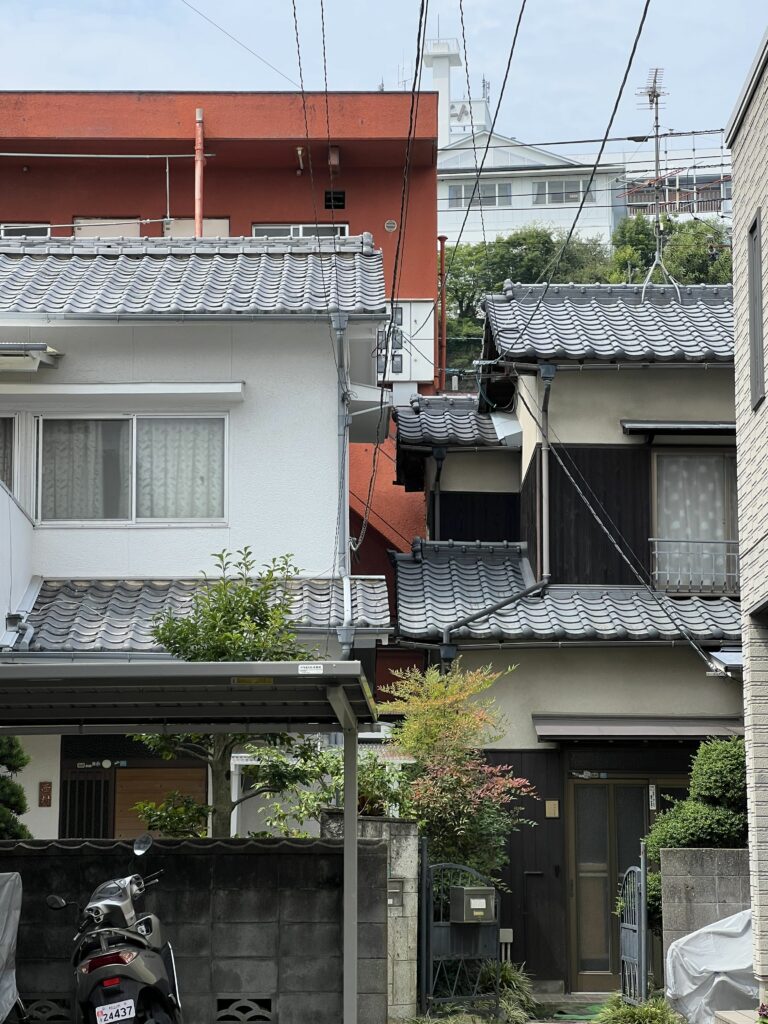
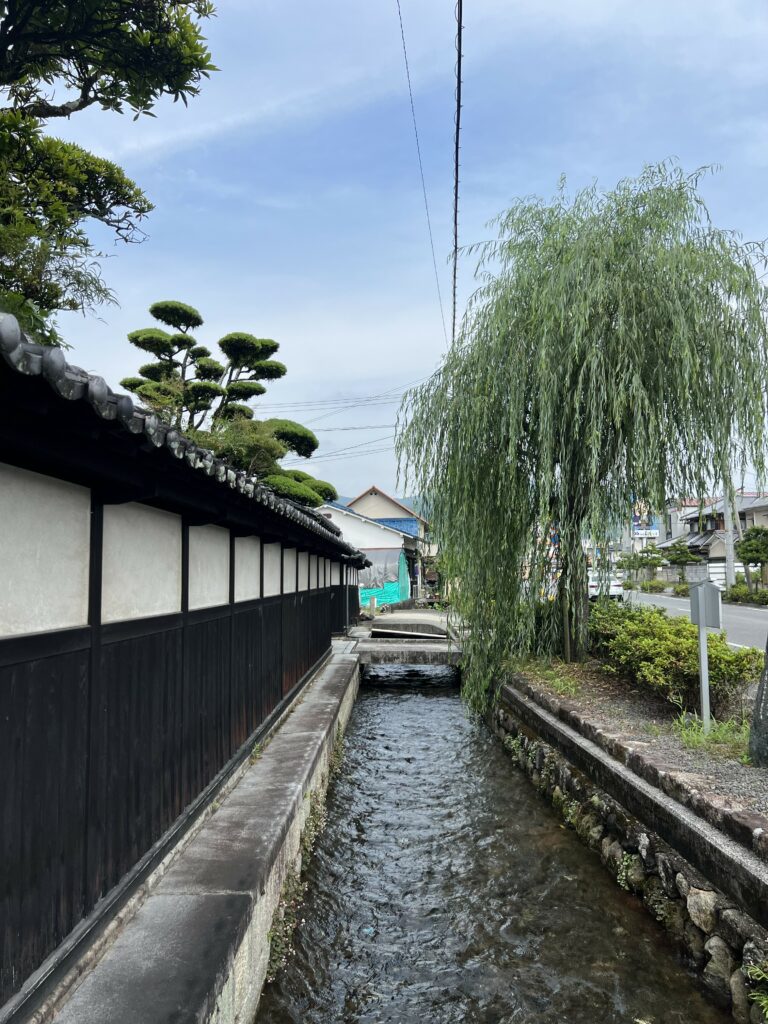
If you want to experience slower Japanese life and see what the countryside is like, then it is 100% worth visiting Matsuyama. Heck, visit around the island of Shikoku! It’s incredibly beautiful and relaxing—life is simple and enjoyable. While it is a ways away from Honshu, it’s worth the trek out. For international tourists, traveling here requires more effort and money, so really think about if this is an experience you prioritize and want.
I would return again to experience the Japanese countryside, which is charming and a breath of fresh air. People are incredibly nice and welcome. And the scenery… breathtaking.
Experience the Charms of Matsuyama
From historic onsens, original castles, and citrus galore, Matsuyama is an underrated city that is worth considering visiting. It’s a big city that feels like a small town and offers a new experience to tourists visiting Japan. You’ll experience what it’s like to live in the countryside and a slower, more charming lifestyle. While it’s not for everyone and certainly requires more effort to see, if you seek out this type of experience, then put Matsuyama on your itinerary.
If you’re looking for more cool day trips, check out Kawagoe, a little Edo town just an hour outside of Tokyo. Happy travels!
Relevant Reads
The BEST 16 Things to Do in Busan for an Exciting, Epic Trip





